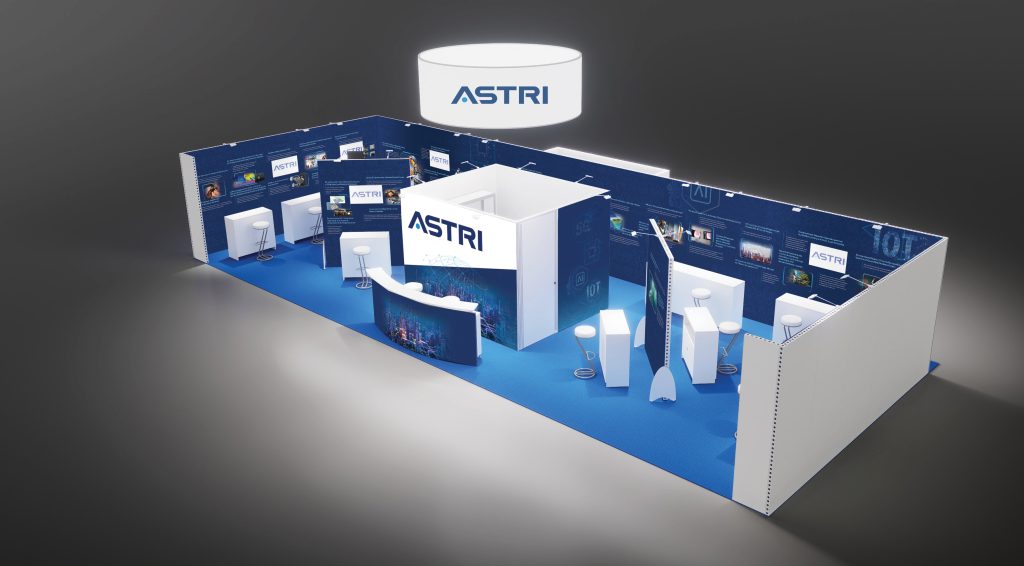Signalling systems are not seen or felt by commuters on mass transit railways – especially when the network runs mostly underground. A recent news in the New York Times reported that the signalling system of the city’s famous subway network – one of the oldest and largest in the world – will go through a massive round of modernisation. In the absence of a modern signalling system, New York’s subway operations have been plagued by delays and inconsistencies. The city’s Metropolitan Transportation Authority said “modernising the signals is the top priority for us at the moment”.
Signal systems are the hidden, unglamorous backbone of any mass transit system – enabling trains to move down the tracks safely and reliably. Last year, ASTRI successfully leveraged commercial-grade TD-LTE technologies to build a Communication-based Train Control (CBTC) system for the Metro Network in the Mainland city of Wuhan. This advanced signalling system has already been deployed at the Wuhan Metro Line 6, making it the first LTE-based subway signalling system in the country.
With ASTRI’s advanced communications technologies including TD-LTE small cell, core network/ Evolved Packet Core (EPC), and small cell management system, it can optimise the CBTC signalling system design for railways. The solution supports assured mobility in high speed and achieves low latency within 300ms round-trip-delay. Status and performance of the small cells can be monitored in real time. Compared to the conventional railway communication network systems, ASTRI’s CBTC greatly reduces signal interference and shortens the signal communication between the trains and control centre.
Most of New York’s subway system relies on antiquated technology, known as ‘block signalling’, to coordinate the movement of carriages. A modern CBTC system is more dependable and exact, making it possible to reduce the amount of space between trains. A computerised signal system like CBTC is also safer because trains can be stopped automatically in the event of an emergency. As New York’s Metropolitan Transportation Authority plans a signal upgrade, it could consider a state-of-the-art solution like the CBTC which enhances the safety, reliability and efficiency of subway operations, eases overcrowding, and minimises train delays.
Related News



